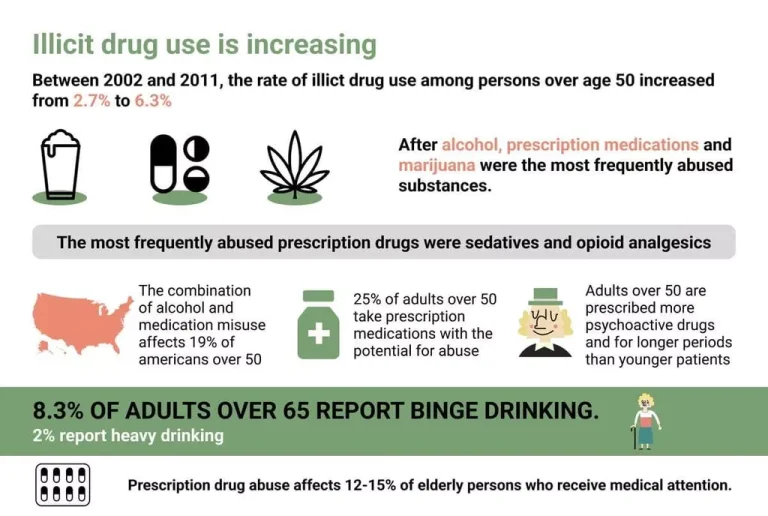
As a result, certain cues immediately flip the switch on the association and activate the craving reflex in response to external or internal triggers in recovery. Triggers may decrease in frequency the longer someone abstains from substance use, but anyone in recovery needs to be prepared to respond appropriately when triggers do arise. It involves experiencing negative emotions and thoughts that can lead to a relapse if not addressed. By recognizing the warning signs, individuals can take proactive steps to prevent relapse and maintain sobriety. The final stage is physical relapse, where a person succumbs to their cravings and engages in addictive behaviors. Signs and symptoms of physical relapse will be outlined, including obtaining drugs or alcohol, engaging in drug-seeking behaviors, and experiencing a loss of control over substance use.
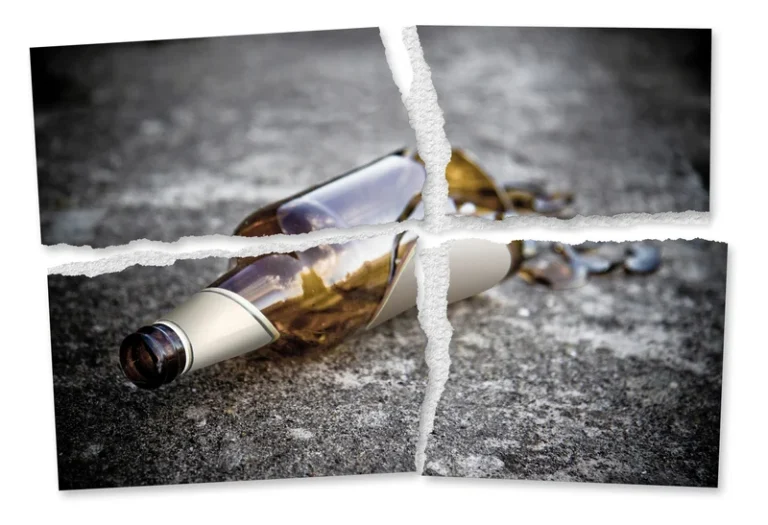
Places That Trigger Addiction Relapse
- Otherwise, it could lead someone down a path of substance abuse without even realizing what has happened.
- For example, someone might see substance use imagery on a TV show and later romanticize using.
- Experiencing strong emotions such as anger, sadness, or joy can also act as a reminder or increase the urge to use.
- Identify potential sources of stress in your life and work on eliminating or minimizing them.
These are gatherings or events where substances are present, and they can easily trigger a relapse. It is crucial to identify such situations and consciously make the decision to avoid them. For instance, if someone is struggling with alcohol addiction, it would be wise to stay away from parties where alcohol is the main focus. In Stage 3 of the recovery journey, we encounter the critical phase of physical relapse. This section explores the signs and symptoms that indicate the onset of physical relapse, as well as the essential steps to avoid falling back into old habits.
Mindfulness-Based Relapse Prevention (MBRP)
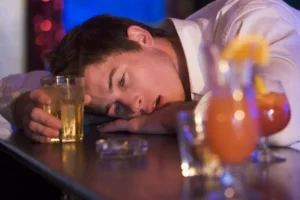
For instance, if you’re an alcoholic and a group of drinking buddies ask you to go out, or you see people from work going to happy hour, it might help to have a specific response ready. These changes can cause stress, anxiety, and uncertainty, which can lead to cravings and make it harder for individuals to cope with their addiction. Keeping a trigger diary is an effective way for individuals to types of relapse triggers identify and anticipate triggers in their daily lives. When someone records detailed information on what, who, when, and where was the motivation before their use or craving, they can gain insight into how to reduce temptation or take preventive action. Knowing what can tempt you to use substances, or cause a relapse, helps prepare for challenges ahead and allows for proactive coping strategies.
How can I manage stress and anxiety during my recovery?
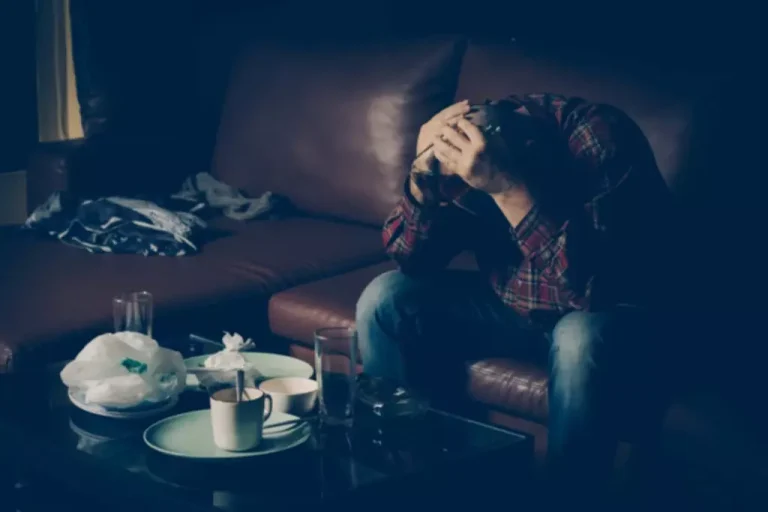
Many people who struggle with addiction turn to their substance or activity of choice as a maladaptive way of coping. Believe it or not, some of the closest people to you can trigger a relapse. While it is difficult to step away from friends, family, and loved ones; sometimes, you may have to keep them at an arm’s length. And if you can’t avoid these people in your life, you should consider limiting your time with them, even if it is a coworker or your employers; Limit how much time you spend with them in the office. In the process, you will be able to better maintain your abstinence and find it easier for you to recover. On average more than 85% of individuals are susceptible to relapse in the following year after drug and alcohol treatment.
- It helps to compare addiction relapse to relapse in other chronic conditions.
- You can avoid HALT-triggered relapse by maintaining a solid routine that includes meal scheduling, support meetings and getting enough sleep.
- If unsure or in need of support, consider seeking guidance from a therapist or institution like Lantana Recovery in Greenville, South Carolina.
- This includes thinking about using drugs or alcohol, fantasizing about the euphoric effects of an intoxicant, and planning how and when it could be used without getting caught.
- In bargaining, individuals start to think of scenarios in which it would be acceptable to use.
- What is more, negative feelings can create a negative mindset that erodes resolve and motivation for change and casts the challenge of recovery as overwhelming, inducing hopelessness.
Cognitive Behavioral Therapy (CBT)
To overcome withdrawal symptoms, most people need some form of detoxification or withdrawal management service. A long-term, severe relapse might require residential treatment, while people with prior experience in a treatment program may do well with outpatient therapy. Whatever the course of treatment, it will involve the person identifying the reasons they relapse and https://ecosoberhouse.com/ learning what steps to take to prevent it in the future. After a period of poor self-care, someone in recovery will likely experience some of the mental signs of relapse. They may begin to feel discontent with their progress and restless in their disintegrating routine. Without the proper structure and routine, a person is more likely to start thinking about using again.
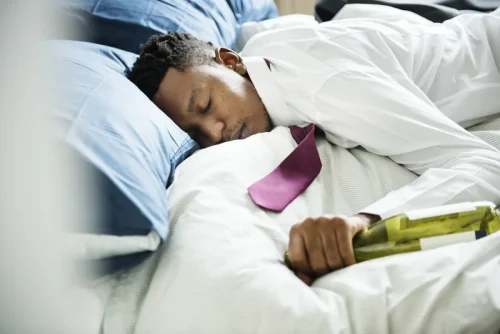

Triggers that come from within you can be difficult to deal with because internal triggers can stem from a variety of sources that you can’t simply remove, like you can an external trigger. You can learn a lot about yourself by taking an inventory of what you’re feeling and asking yourself why. In fact, learning how to face your emotions without escaping into addiction is invaluable. It is important to learn how to be comfortable with uncomfortable feelings and emotions. Realize negative feelings don’t have to be a sign of an impending setback. When you’re reminded of your addiction, it’s important to have effective ways of handling your feelings.
Social Pressure
- Individuals in recovery should seek support and utilize coping skills to address these warning signs and maintain their sobriety.
- Develop emotional coping skills by practicing mindfulness, journaling, or art therapy as ways to cope with negative emotions.
- Physical relapse occurs when an individual actually resumes substance use after a period of recovery.
- It’s important to make a list of people, places and things that are significant triggers for you so you can avoid putting yourself in a situation that may support relapse.
- Continuous support proves invaluable in helping individuals navigate the complexities of substance-free living and face the daily challenges of recovery.

